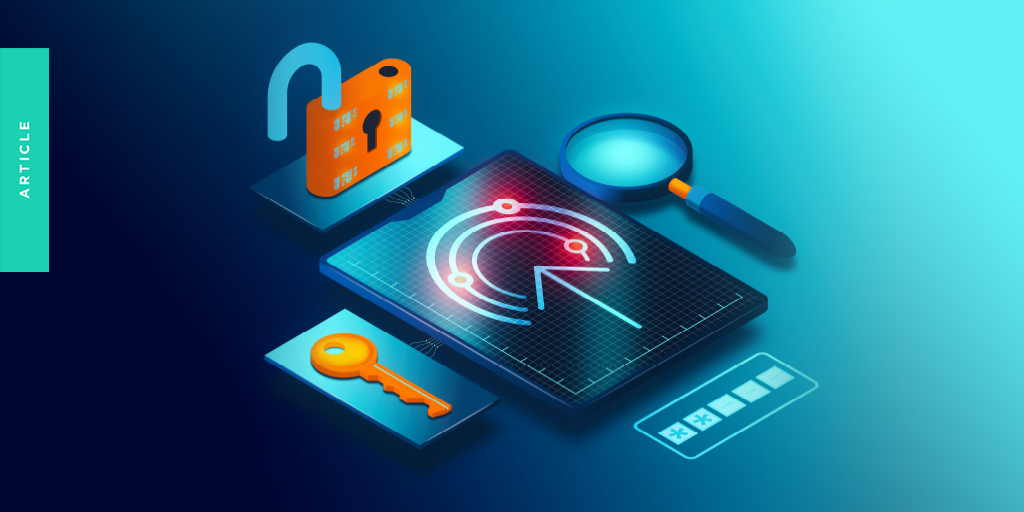5 Ways to Overcome Multifactor Authentication Vulnerabilities
Introduction
As the digital landscape expands, so do the challenges of securing sensitive information. Multifactor authentication (MFA) has become a linchpin in the defense against cyber threats, yet vulnerabilities persist. In this article, we explore five strategic approaches tailored for IT decision-makers to overcome MFA vulnerabilities, providing a roadmap to fortify organizational security. Let’s delve into actionable solutions that go beyond the ordinary, ensuring a resilient defense against evolving cyber threats.
1.Continuous Monitoring and Adaptive Authentication:
One of the keys to thwarting MFA vulnerabilities is adopting a proactive stance through continuous monitoring and adaptive authentication. By continuously evaluating user behavior, system administrators can detect anomalies and trigger additional authentication steps when unusual activities are detected. This dynamic approach ensures that security measures evolve alongside potential threats, offering a robust defense against emerging vulnerabilities.
2. Secure MFA Implementation:
The implementation of MFA itself plays a pivotal role in determining its effectiveness. Secure MFA implementation involves employing encryption protocols, secure channels, and trusted hardware to prevent interception and tampering. Organizations must meticulously design and deploy MFA systems, considering the specific needs of their IT infrastructure and ensuring compatibility with existing security measures.
3. User Education and Awareness:
Human error remains a significant factor in security vulnerabilities. IT decision-makers should invest in comprehensive user education programs to raise awareness about the importance of MFA and the potential risks associated with negligent behavior. Educated users are more likely to adhere to security protocols, reducing the likelihood of falling victim to social engineering tactics that exploit MFA vulnerabilities.
4. Integration with Threat Intelligence:
Staying ahead of potential threats requires a proactive approach, and integrating MFA systems with threat intelligence is a powerful strategy. By leveraging real-time threat data, organizations can identify patterns, trends, and potential vulnerabilities that may impact their MFA infrastructure. This intelligence-driven approach enables swift responses to emerging threats, ensuring that the MFA system remains resilient in the face of evolving risks.
5. Behavioral Analytics Integration
Having explored four strategic approaches to fortify multifactor authentication against vulnerabilities in the tech landscape, let’s now shift our focus to another facet of cybersecurity by delving into the dynamic realm of behavioral analytics integration—an innovative strategy poised to further elevate the resilience of digital defenses.
Traditional MFA methods often rely on static parameters, such as passwords and biometrics, which may not adapt to subtle changes in user behavior. Behavioral analytics, however, introduces a dynamic layer by analyzing patterns of user interactions with digital systems.
By leveraging machine learning algorithms, organizations can build profiles of normal user behavior. Deviations from these established patterns can trigger additional authentication steps, even if the correct credentials are provided. For example, if a user typically logs in from a specific location during certain hours and suddenly attempts access from an unusual location or at an atypical time, the system could prompt for extra verification.
This approach not only adds an extra layer of security but also addresses vulnerabilities related to compromised credentials or unauthorized access. Behavioral analytics can detect anomalies in real-time, allowing for swift responses to potential threats. Furthermore, as the system continuously learns and adapts to evolving user behavior, it provides a proactive defense against emerging attack vectors.
Incorporating behavioral analytics into the MFA framework requires a thoughtful implementation that considers user privacy and compliance requirements. However, the benefits of this strategy in enhancing MFA’s resilience against vulnerabilities make it a compelling addition to the arsenal of IT decision-makers striving to secure their organization’s digital assets.
Conclusion
Vigilance is key. The discussed strategies provide a holistic framework for IT decision-makers to fortify their organization’s MFA infrastructure. Continuous monitoring, biometric enhancements, secure implementation, user education, and threat intelligence integration collectively create a formidable defense against vulnerabilities. By embracing these solutions, organizations can not only mitigate current risks but also stay ahead of the curve in anticipating and countering future threats. Remember, the strength of MFA lies not just in its implementation but in its adaptability to an ever-changing threat landscape.
It’s evident that a proactive and multifaceted approach is essential for safeguarding digital assets. The fusion of technological advancements with user education forms a symbiotic relationship that reinforces the integrity of MFA. By embracing these actionable solutions, IT decision-makers can propel their organizations towards a security paradigm that not only mitigates vulnerabilities but fosters a resilient cybersecurity ecosystem. In an era where data protection is non-negotiable, these strategies pave the way for a future where MFA stands unwavering against the evolving tide of cyber threats.
Content created and provided by Extu.












